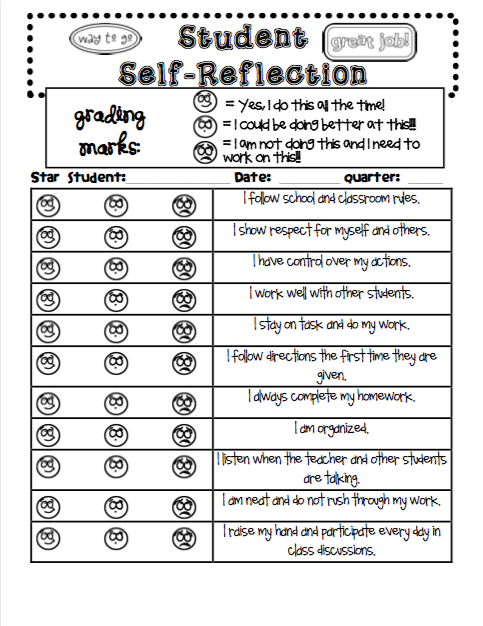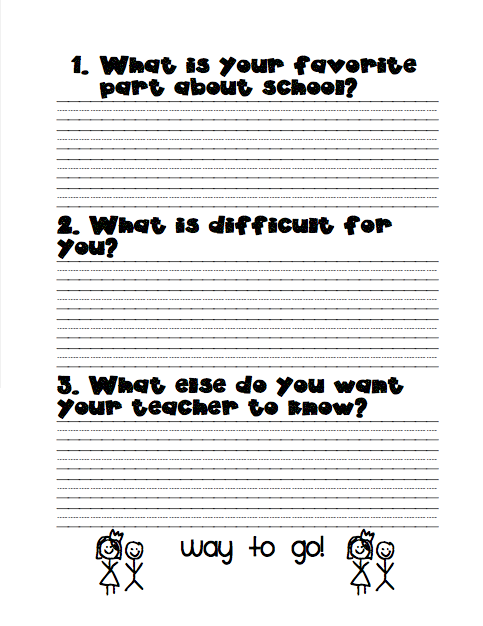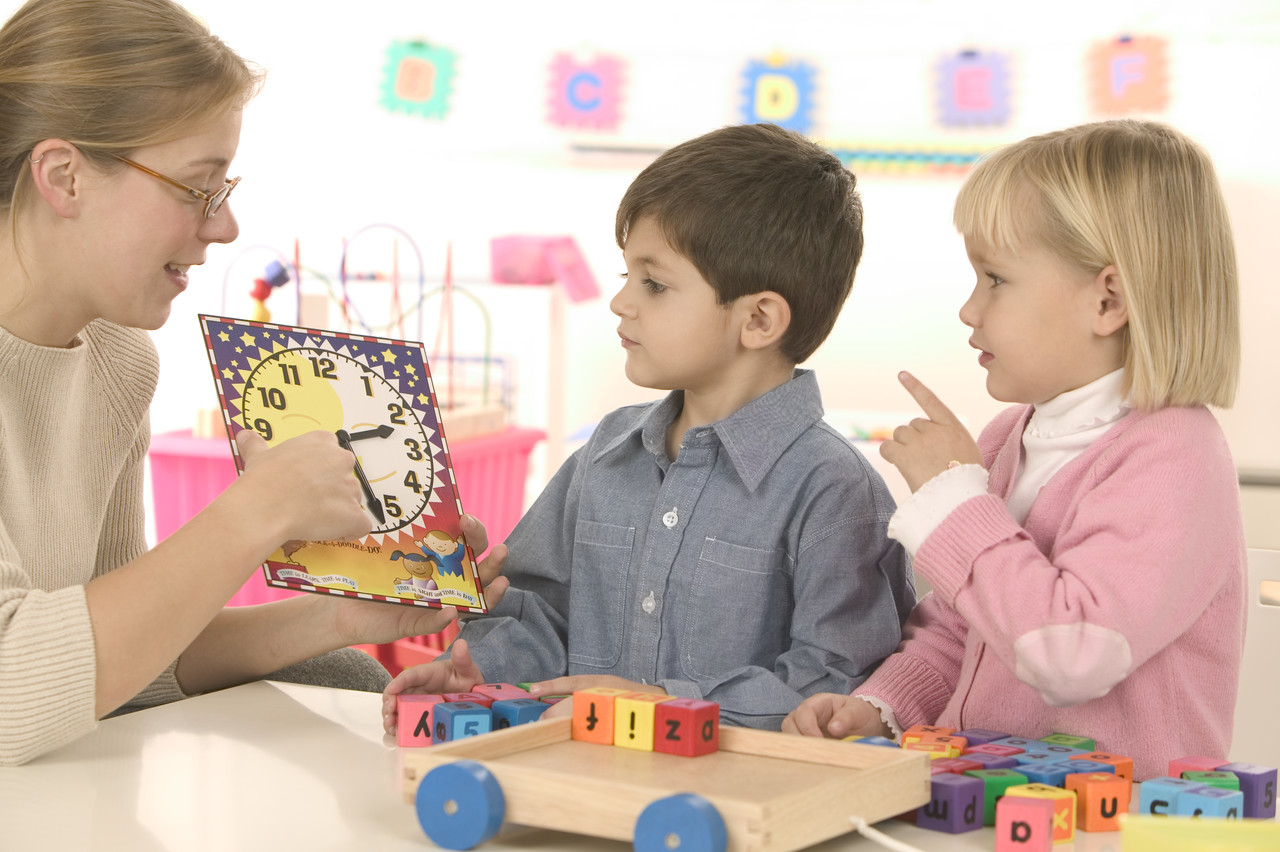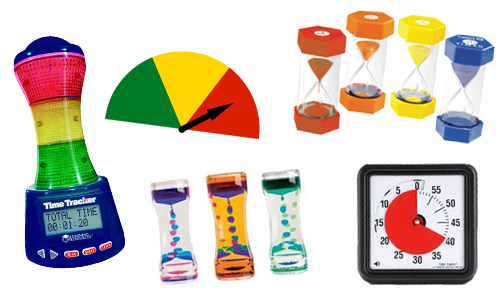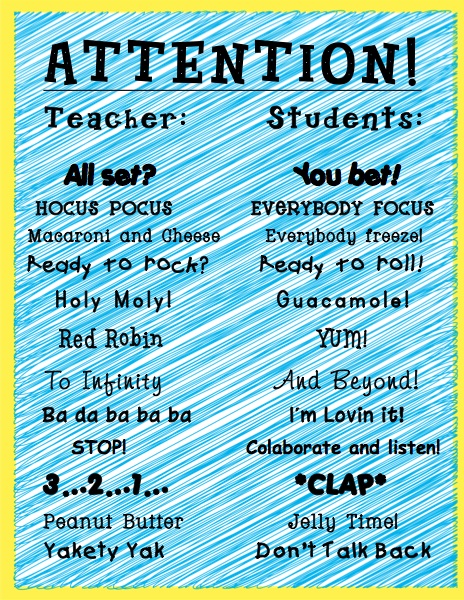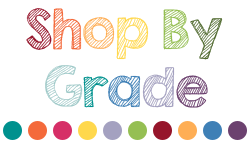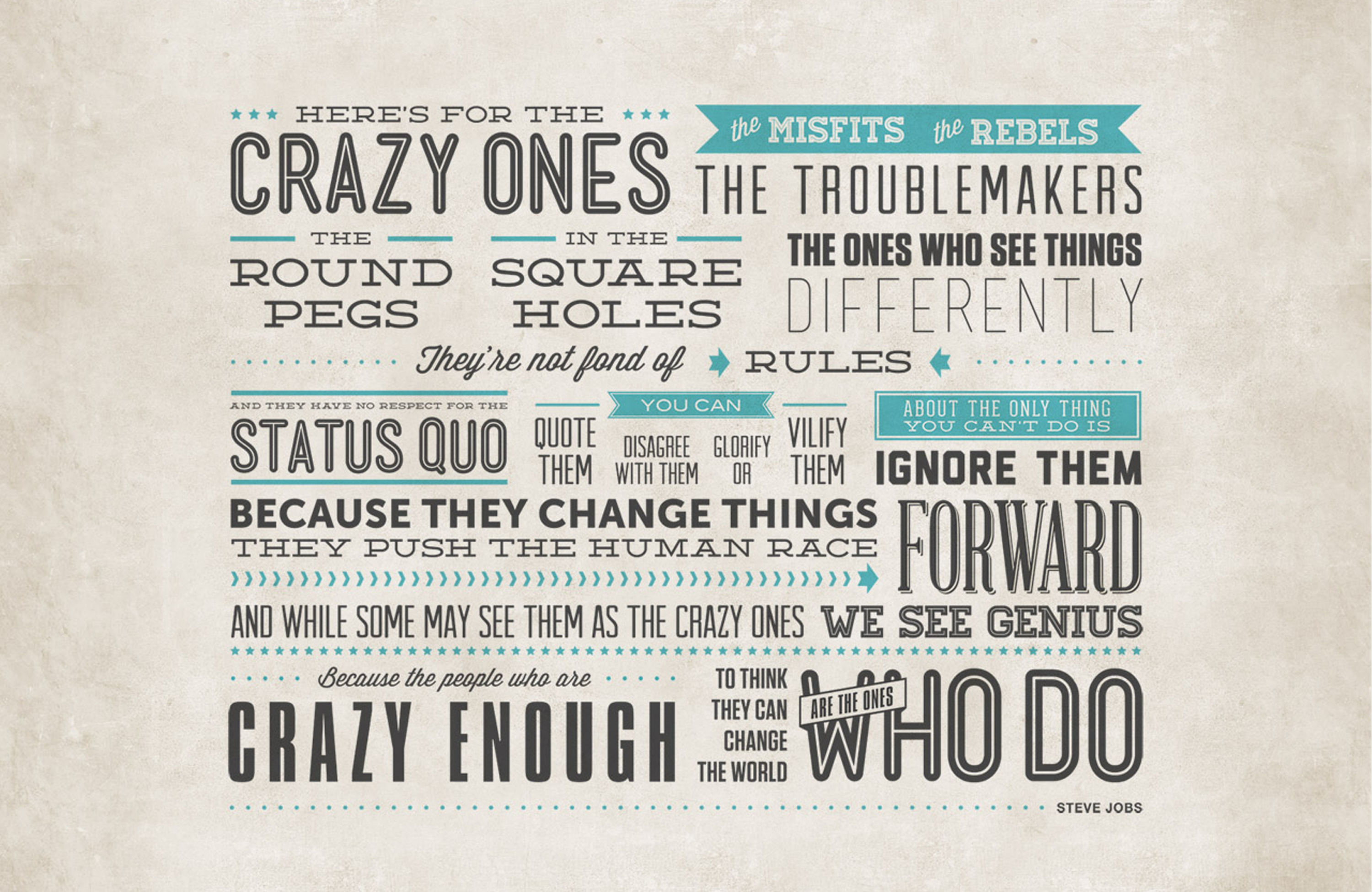
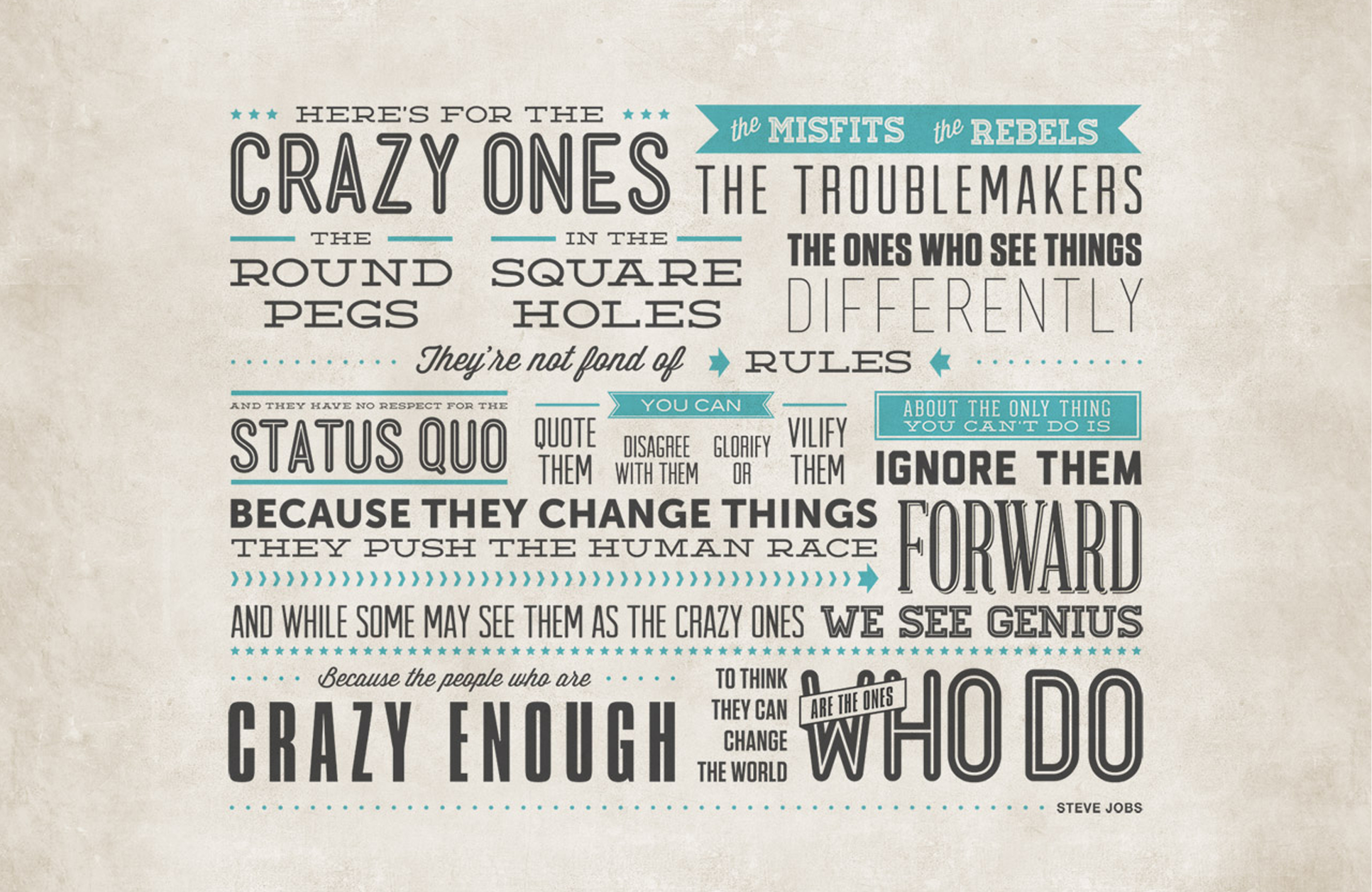
I’ve written a post before about how to help kids who break the mold – who don’t fit in and who fight the way that things are “supposed to be.” Call them stubborn, headstrong, spirited, whatever you want. Regardless of the term, these kids have the potential to make working in a school exhausting! Yet these are the very kids who have the potential to take what we know as a human race and stretch the boundaries. These are the visionaries, the trail-blazers, the innovators.
As a kid, my parents would both tell you that I was a troublemaker. They recently gave me some letters I had written to Santa as a child and rather than give the traditional, “For Christmas I want…” list, I instead interrogated him as to how he could possibly make it to all the houses in one night, how millions of toys could fit into one sled, and whether or not Rudolph existed. Why couldn’t I just accept that a jolly man in a red suit could deliver presents to all the good boys and girls like every adult had told me?
Yet despite the headaches I undoubtedly caused my parents as a child, many of those same characteristics have helped me to serve my students. Whether it’s fighting for or against a special education placement for a student because I truly believed it to be in their best interest, or questioning why we have to treat a student “the same as we’ve always treated other students like them,” working in schools can be messy. And what our kids need isn’t a world of “yes ma’am,” “go-with-the-flow” people. What they need are advocates, champions, and strong examples of confident adults.
It’s a great reminder for us as we think about working with our more challenging students.
“Here’s to the crazy ones, the misfits, the rebels, the troublemakers, the round pegs in the square holes… the ones who see things differently — they’re not fond of rules… You can quote them, disagree with them, glorify or vilify them, but the only thing you can’t do is ignore them because they change things… they push the human race forward, and while some may see them as the crazy ones, we see genius, because the ones who are crazy enough to think that they can change the world, are the ones who do.”
– Steve Jobs


